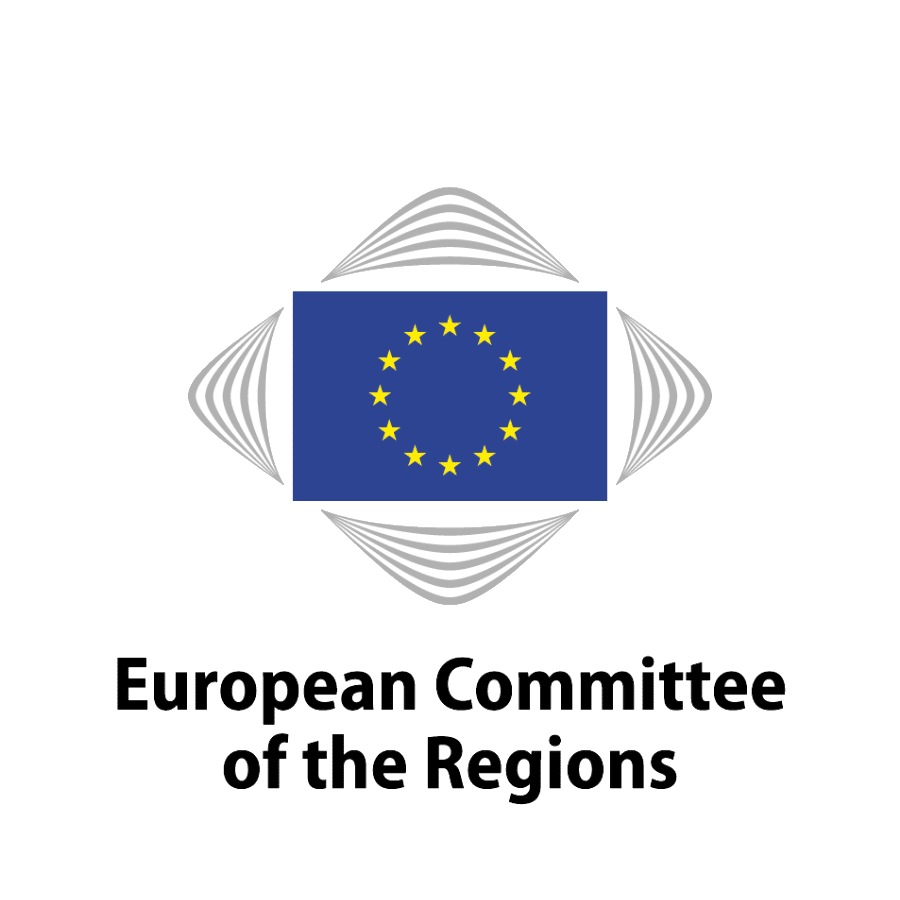As Europe’s diverse tapestry of regions and cities knits together, the Committee of the Regions (CoR) stands as a vital guardian of local interests in the broader EU framework. Established to bring the voices of local and regional authorities to the European stage, the CoR has been pivotal in ensuring that the EU’s policies reflect the realities on the ground. In this post, we’ll embark on a journey through the CoR’s history, its core functions, its profound influence on the policy-making process and the importance of monitoring of the CoR for public affairs.
The Birth of the CoR: A Regional Awakening
Founded in 1994, the CoR emerged from the Maastricht Treaty’s vision to enhance the democratic legitimacy of the European Union. Recognizing the importance of local and regional perspectives in the EU’s decision-making, the institution set forth to represent these multifaceted voices at the European level.
Role and Functions of the Committee of the Regions
- Policy Recommendations: Central to the CoR’s mandate is its role in providing opinions on EU legislation. By weighing in on legislative proposals, the CoR ensures that local and regional challenges and needs are taken into account.
- Monitoring EU Activities: Beyond just policy recommendations, the CoR is deeply involved in monitoring how EU policies impact local and regional levels. This monitoring function guarantees that EU actions align with regional realities.
- Fostering Interregional Cooperation: The CoR serves as a platform for regions and cities to collaborate, share best practices, and forge partnerships, strengthening the European spirit from the grassroots.
The Committee of the Regions in the Policy Arena: A Vital Link
With its unique vantage point, the CoR is indispensable in the EU’s policy-making process. As the EU crafts policies spanning diverse areas, from environment to transportation, the CoR’s insights ensure that these policies are both effective and relevant to local communities.
Public Affairs and Monitoring the CoR
From a public affairs perspective, the act of monitoring the CoR’s activities and decisions is paramount. By keeping a watchful eye on the CoR, stakeholders, ranging from regional policymakers to businesses and advocacy groups, can stay informed and engage in meaningful dialogues. Such proactive engagement ensures that the CoR’s decisions remain transparent, accountable, and resonate with the broader public interest. Moreover, it fosters collaboration and mutual understanding between the EU and its regions.
Global Counterparts: Regional Representatives Worldwide
While the CoR is unique to the European Union, representing local and regional interests at a higher governmental level is not uncommon. Some global equivalents include:
- United States – National Governors Association: www.nga.org
- Canada – Federation of Canadian Municipalities: www.fcm.ca
- Australia – Australian Local Government Association: www.alga.asn.au
- India – Zila Parishads (District Councils) at district levels.
- South Africa – South African Local Government Association: www.salga.org.za
Concluding Thoughts
The Committee of the Regions (CoR) is more than just an institution; it’s the voice of Europe’s vibrant regions and cities. Through continuous monitoring and engagement, the CoR ensures that the European dream is realized at every local corner.
Meta Description: “”


